Monkeyflower Research
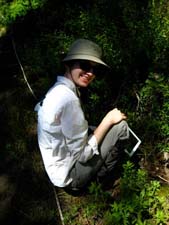
August 2012
White Wolf Area
Although we're nearing the end of a lovely wildflower season in the high country, a few monkeyflowers, especially the primrose monkeyflower, are still hanging on. A few weeks ago I ran into a woman named Kelly Carscadden along the trail to Harden Lake. She was happily engaged in some fascinating research. After bombarding her with a million questions, she agreed to send some pictures and write up some notes about her research to share here (Thanks Kelly!):
Lewis' Monkeyflower (Mimulus lewisii)
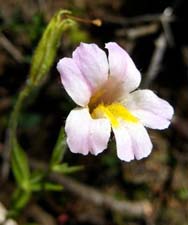
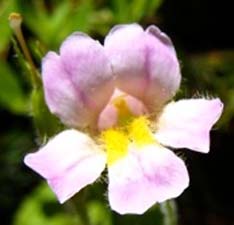
Mountain Monkeyflower (Mimulus tilingii)
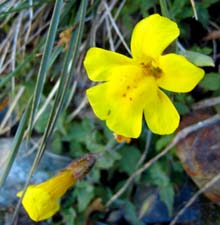
Scarlet Monkeyflower (Mimulus cardinalis) - This flower is hummingbird pollinated!
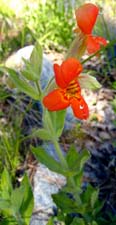
Musk Monkeyflower (Mimulus moschatus)
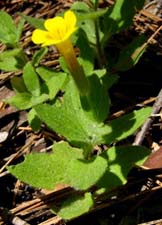
Primrose Monkeyflower (Mimulus primuloides)
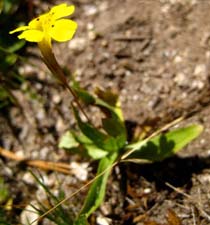
Notes from a researcher.....
Hi! I'm a graduate student from Canada who's down in Yosemite studying some of the flowers for my summer field season. I was fortunate enough to enjoy some time in the beautiful high country while looking for monkeyflowers (genus Mimulus). In the White Wolf area, I got my first glimpse of the lovely pink Lewis' monkeyflower (Mimulus lewisii) and spotted some of the more abundant primrose monkeyflower (Mimulus primuloides), which you'll have seen along many trails in the area and may have read about in the "what's blooming now" posts. Over my time in the Sierra Nevada this year, I've been looking at a number of different monkeyflower species (did you know there are 28 species of them in Yosemite alone? Incredible!) and will be trying to determine in which environmental conditions these guys are found.
There's such an amazing number of flower species here….why study monkeyflowers? These monkeyflower species are (besides being nice to look at and work with - no spines!) so different from each other, in a large number of ways. Some are pollinated by hummingbirds, some by bees, and some don't generally rely on pollinators and primarily pollinate themselves. Some different species have their own particular habitat: for example, some in grassy meadows, some in areas that recently burned, and some in little cracks in the exposed granite you see all over the park. I could go on…but you get the idea!
Because it's such an important and variable resource in California, I'm looking at these plants across a moisture gradient. If you step back and look at all North American monkeyflowers, you'll notice that some are desert specialists while others are found in areas with substantial rainfall. More subtly, within the Yosemite National Park itself, differences in soil type and ground slope (among many other things) create a mosaic of different soil moisture conditions throughout the park. I'm working to characterize the breadth of moisture levels in which different monkeyflower species can be found. Is a species only ever found in muddy, saturated soils near streams? Or perhaps only in drier, sandier areas? Some species may be able to tolerate a wide range of conditions. More interesting, to me, is the question that follows: "What allows some species to do well under a broad range of environmental conditions?"
Briefly, populations can become well-matched with their environment through generations of natural selection (where the individuals which are better suited to their environment fare better and contribute more offspring like themselves to the next generation, resulting over time in a population that is fairly well adapted to local conditions). If there are little pockets of Lewis' monkeyflower, for example, across the park in different habitat types, it could be because these populations were isolated and over time became locally adapted to their respective environments. Alternatively, plants may be able to take advantage of different environments without such genetic change. I'll be working to tease apart these possibilities.
Questions about why species are found where they are and what allows them to invade new areas, or conversely prevents them from expanding their ranges, have a long history in the field of ecology. By addressing these questions, we as scientists hope to inform conservation or restoration plans, better predict the impacts of climate change on species distributions, and determine how best to manage these valuable plant resources.
Thanks for reading, and happy hiking!
